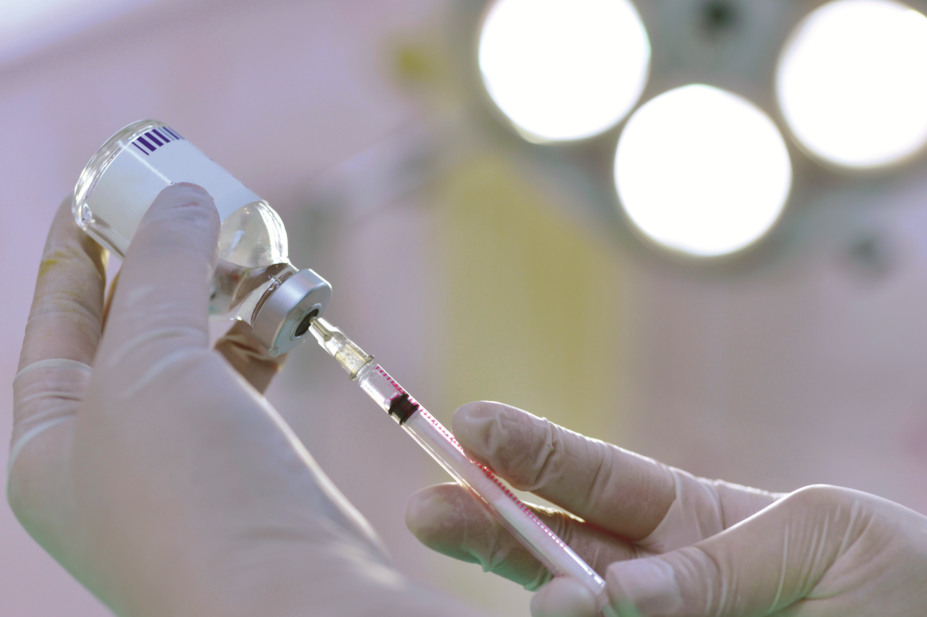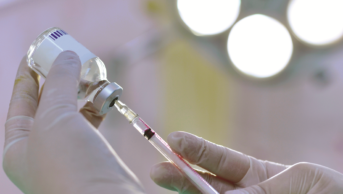
Shutterstock.com
The production of injectable medicines in England could be increased from the current 3.4 million individual doses to more than 40 million per year, a report by Lord Carter of Coles has said.
This increase would help to release the time each year of more than 4,000 whole time equivalent nurses, who would usually be making up these doses on wards, the report says.
The report, published by the English Pharmacy Aseptic Services Transformation Board — chaired by Lord Carter, and which included Keith Ridge, chief pharmaceutical officer for England, and Andrew Davies, director of pharmacy and medicines optimisation at NHS England and NHS Improvement — recommends creating regional hub and spoke services to increase the production of ready-to-administer (RtA) injectable medicines.
It looked at the use of RtAs during the COVID-19 pandemic, including in the new Nightingale hospitals, and how these changes could be embedded into NHS clinical practice. It also said RtA medication could be used in the home or in non-acute settings to relieve pressure on hospital beds and improve the patient experience.
Based on the volume of the top 12 injectable antimicrobial medicines alone, the report found that production of RtA injectables could be scaled up from the current 3.4 million individual doses which are prepared in English hospitals annually to more than 40 million.
The hub and spoke model described in the report would involve “a resilient network” of high-capacity aseptic hubs, with the infrastructure to support the national distribution of standardised injectable medicines by 2026/2027. The spoke sites, key hospitals such as cancer and genomic centres, would then focus on the bespoke or very short shelf-life medicines.
“We have a window of opportunity for the NHS to become a world leader in the development of standardised aseptic services in hospitals and the home,” the report states.
“At the same time this would allow headroom in the manufacture of bespoke medicines for the personalised, individually targeted, genomic medicines of the future. And, on the wards, it would free up nurses for patient care.”
To achieve this, the report recommends that royal colleges and pharmacy specialists develop national guidance for standard injectable medicines, including the specification for dose banded chemotherapy products as well as parenteral nutrition and antimicrobial medicines.
Jatinder Harchowal, chair of the RPS Hospital Expert Advisory Group and chief pharmacist at the Royal Marsden NHS Foundation Trust, said the report was a “welcome spotlight” on the vital contribution of highly skilled aseptic pharmacy teams.
“Pharmacy aseptic services are an essential cornerstone of the NHS, from supporting critical care during COVID-19, to cancer treatment and clinical trials,” he said.
“With £3.84 billion spent on injectable medicines across the NHS in England each year and rising demand for aseptic preparations, the report identifies a number of opportunities for NHS pharmacy aseptic services in England.”
Harchowal said that realising the benefits of the report would depend on how sustainability and transformation partnerships worked together on implementation, backed by appropriate investment, and action to ensure sufficient workforce is made available.
In February 2019, an interim report following phase one of NHS Improvement’s ‘The Future of Pharmacy Aseptic Services in England’ review found that most aseptic pharmacy services in England were unable to pay for maintenance and servicing owing to a poor understanding of the costs involved.


